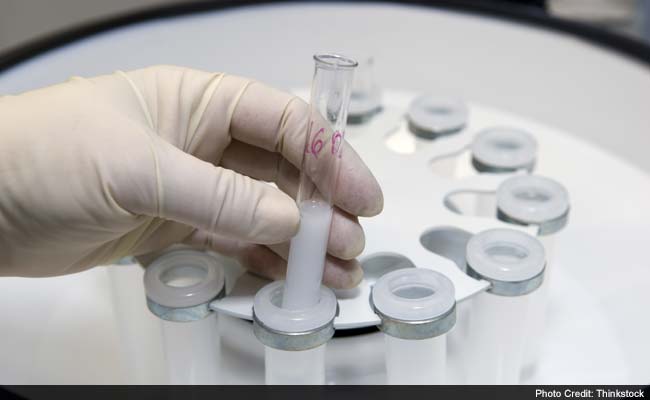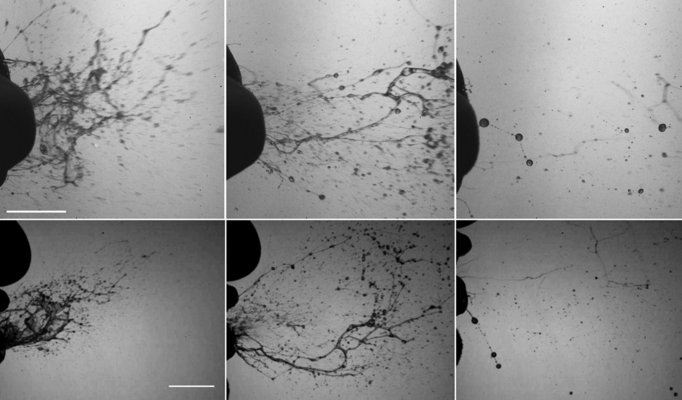
Dr Satish K. Kapoor
Indian religious thoughts have seldom been in conflict with science, as both are believed to compliment and supplement each other. While religion finds out the truth on the plane of the spirit, science discovers it on the plane of the mind and the senses. Vedic science does not view everything in terms of matter or its characteristics but provides a spiritual base to the existential reality.
History shows that India never punished its scientists for holding views contrary to the conventional religious beliefs. Hindu sages and mystics worked in the laboratory of their inner self and derived grains of truth through intuition which a modern scientist would attain in his laboratory through experiment. Self realisation did not deplete their cognitive ability but empowered them with a higher perspective of life.
They saw through the inner eye what a scientist would perceive through gadgets and instruments and communicated through telepathy what anyone today would do through a mobile phone. They sensed the vibrations emanating from the source of Supreme Intelligence, creating orderliness in everything from planets, plants and animals to humans, and came to the conclusion that the whole universe is one person, one organic living being . After experiencing the presence of the same self in all beings and objects, they were surcharged with a universal vision .
Sir Monier Monier Williams observed: “Indeed, if I may be allowed the anachronism, the Hindus were Spinozists more than 2000 years before the existence of Spinoza; and Darwinians, many centuries before Darwin, and evolutionists, many centuries before the doctrine of evolution had been accepted by the scientists of our time, and before any word, like “evolution” existed in any language of the world.”
In Hinduism, science is built into philosophy (darśana), philosophy into mythology, mythology into rituals, rituals into beliefs and beliefs into dharma. For example, a common man may be ignorant of the scientific value of such useful plants, trees and herbs as neem, pipal, tulasi, palasha, haldi or tila, but he is benefitted due to their use in ritualistic observances and in his daily life.

Cleansing atmosphere:
The Vedic Way
The virtue of agnihotra, the Vedic way of cleansing the atmosphere and boosting prana or life-energy by fumigating clarified butter, grains, medicinal substances, cow-dung cakes and wood, preferably of nyagarodha (Ficus benghalensis), udumbara (Ficus glomerata), ashvattha (Ficus religiosa), and palasha (Butea monosperma) trees as per the injunction of Taittiriya Samhita (III. 4.8.4), and at times with the wood of mango and other trees, along with the chanting of mantras, have come to be universally recognized by chemists and horticulturists. Based on the biorhythms of nature, ‘it activates the subtle interplay of energy currents in the biosphere and has a therapeutic effect on the mind’.
Agnihotra is performed twice a day when day and night meet in consonance with the circadian biological cycles recurring at approximately 24-hour intervals, which bring about a magnetic change in the human body, rids the atmosphere of pollution, and in turn, ‘purifies the prana’ i.e. life-energy. As the prana and mind are interlinked, it automatically relaxes the stressed mind.
Scientific researches.
Scientific researches undertaken both in India and the West reveal that agnihotra-fumes caused by cow-dung cakes, twigs of sacred trees, camphor, dry guggula (a resin), unbroken rice and cow’s ghee reduce the microbial count by over 90% where the sacrificial fire is lit, increase the energy in the atmosphere, reduce the zone of haemolysis in blood sugar plates exposed to it, ‘make an impact on clouds or rainwater in removing the acid base’, cure depression, migraine, addiction to alcohol and drugs and act as a catalyst on plant metabolism.
Sprinkling of agnihotra-ash (vibhuti) has proven to be of great help in protecting plants and trees from insects and pests as proved by biochemical studies undertaken by the University of Pune at the behest of Institute for Studies in Vedic Sciences, Shivpuri (Akkalkot, district Solapur, Maharashtra). Agnihotra-ash has been found to be useful in the treatment and preservation of food grains and seeds.
Agnihotra is also a panacea for many ailments of human beings – its application or oral use can cure skin-fungus, non-healing wounds, kidney pain, gastritis, tonsillitis and many other diseases, according to Monica Jehle, a German pharmacist.
The findings echo and reconfirm the wisdom of Indian sages who turned agnihotra into a sacred ritual by making it a part of the pañcamahāyajña to be performed daily by a householder. Another study by Dr Rameshraya Mishra showed that the yield of agnihotra-ash-treated seeds was higher by 30% as compared to ordinary seeds.
(Dr Satish K Kapoor, former Principal, Lyallpur Khalsa College, Jalandhar,and former Registrar, DAV University ,Jalandhar, has been a British Council Scholar at SOAS, University of London. He is presently in Canada. Write to him at Infinityami50@gmail.com)


 South Asian News E-Paper
South Asian News E-Paper Punjabi News E-Paper
Punjabi News E-Paper

















